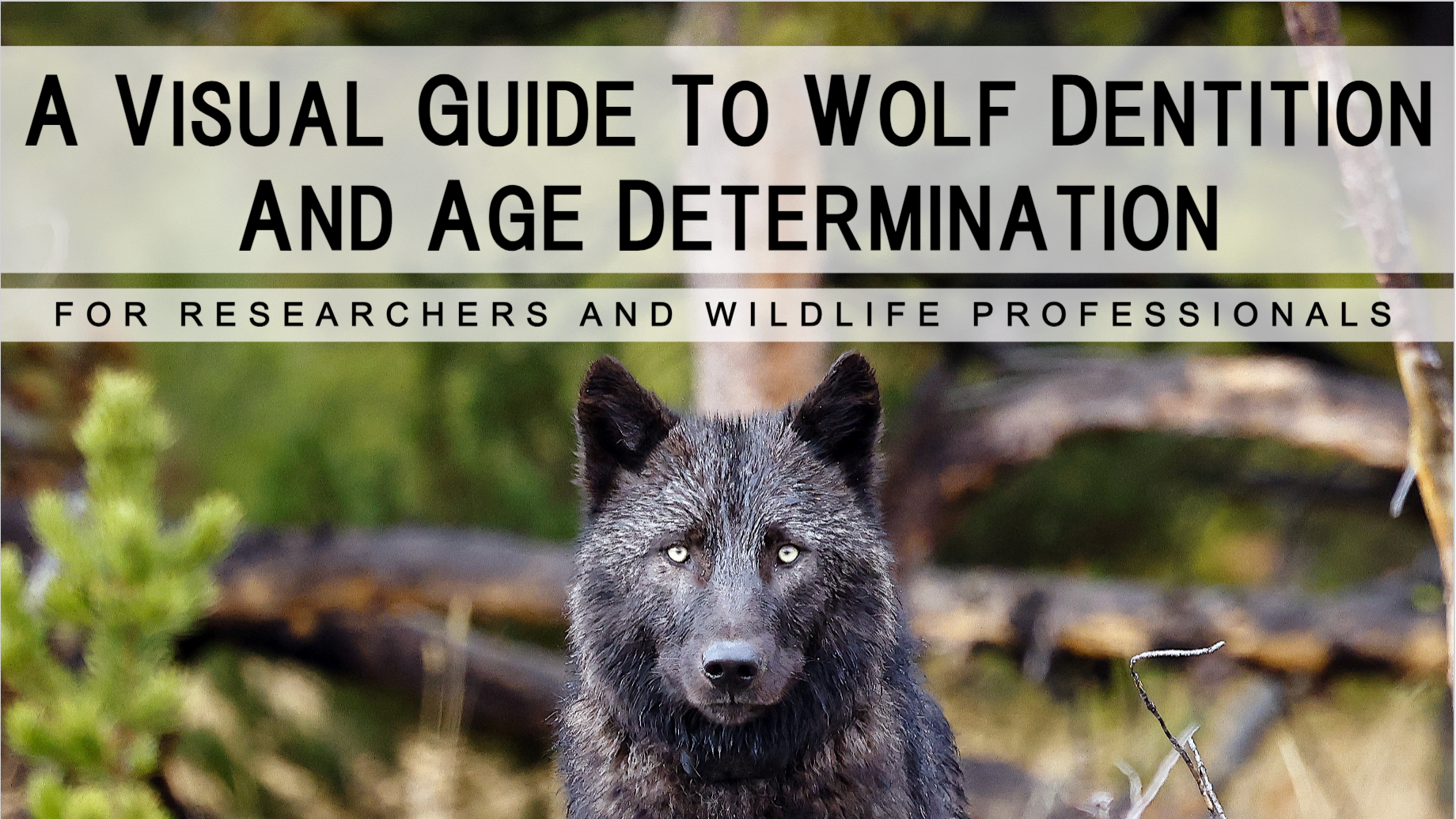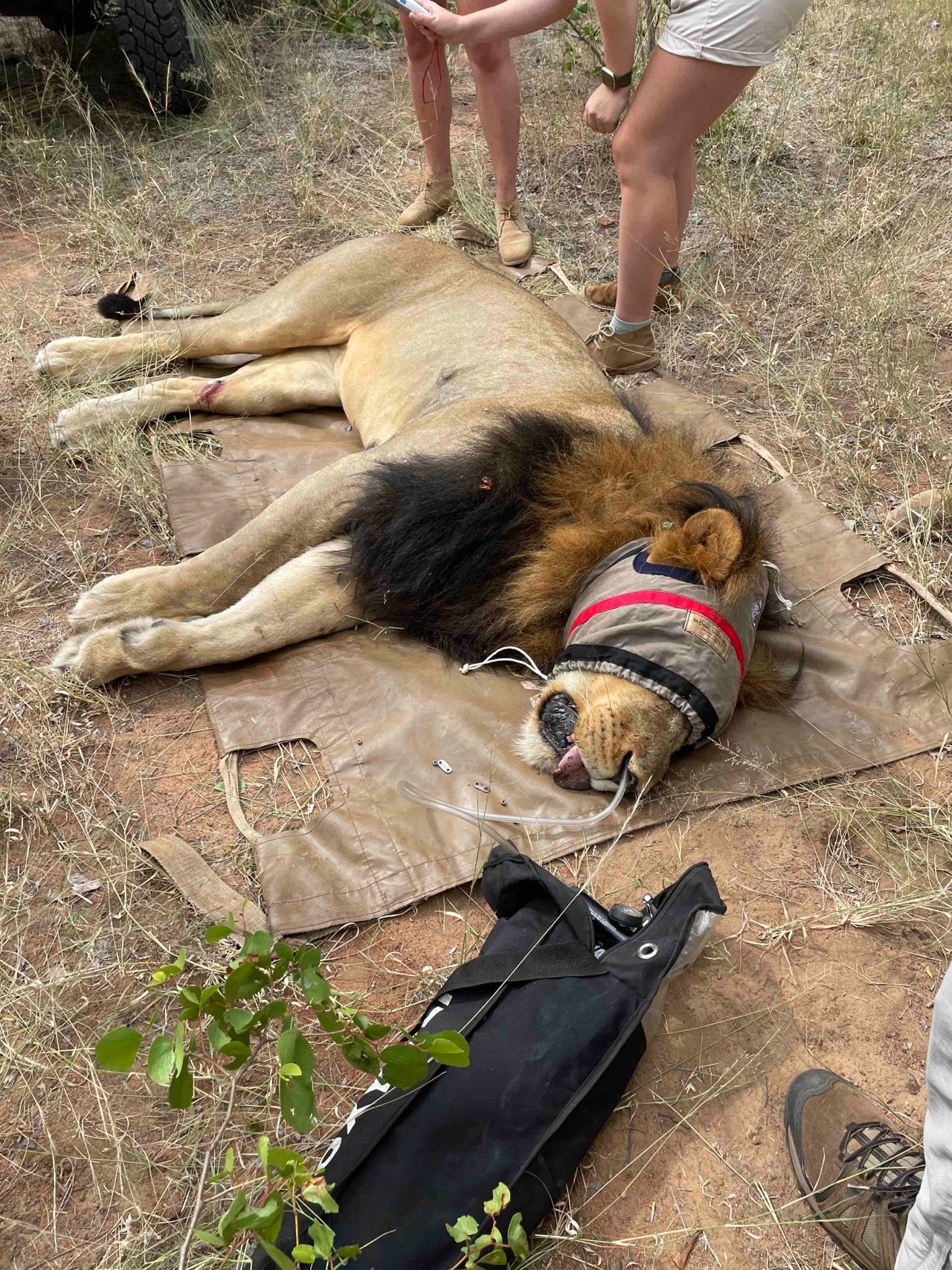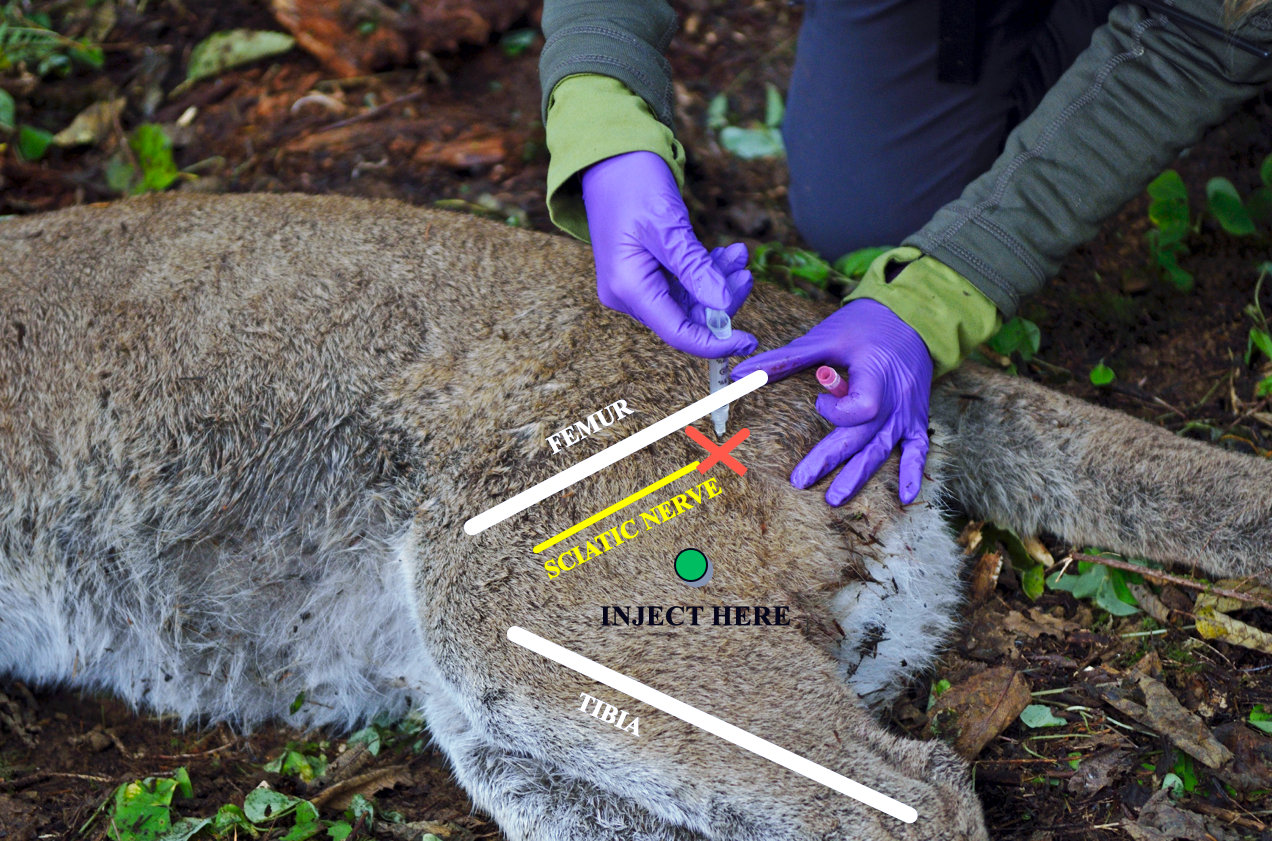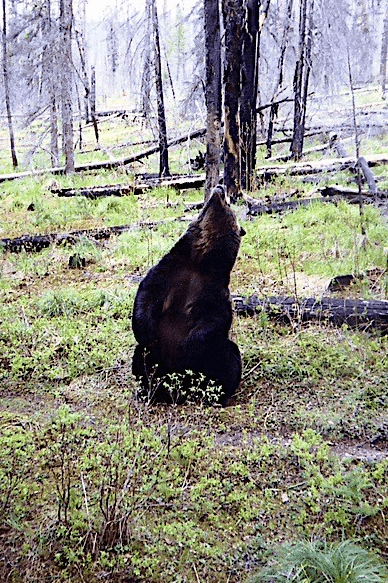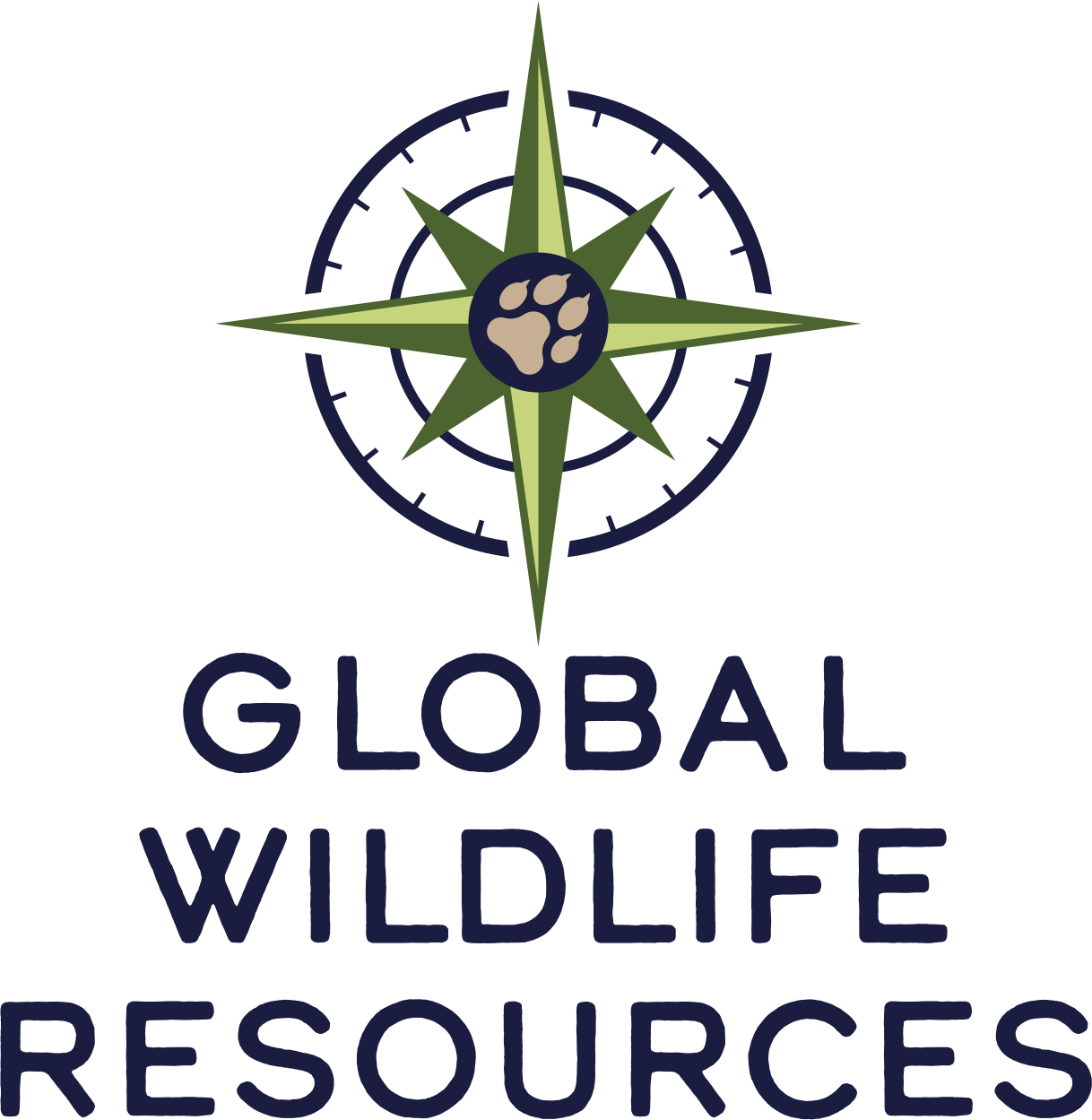The development of highly potent opioid derivatives revolutionized the use of drugs to capture and restrain wildlife. Although contraindicated in primates and wild felids, in wild ungulates they result in sedation, catatonia of skeletal muscles, and profound anesthesia. The main advantages of the potent opioids are that their pathway of effect is not blocked by adrenaline, they work synergistically with most other wildlife sedatives and/or tranquilizers and they provide incredibly strong analgesic and anxiolytic effects. Their potency and availability in high concentrations also make them suitable for use in projectile darting systems and in suitable volumes for larger species. These properties also increase the risk to human safety, and handlers should always be paired with a second person who is also knowledgeable about the hazards of working with potent opioids.
The Use Of Potent Opioids In The Field Of Wildlife Immobilization
By Dr. Liesel Laubscher, Wildlife Pharmaceuticals South Africa
Dear colleagues, it is a pleasure to have guest author, Dr. Liesel Laubscher of Wildlife Pharmaceuticals South Africa present this article on potent opioids. Dr. Mark
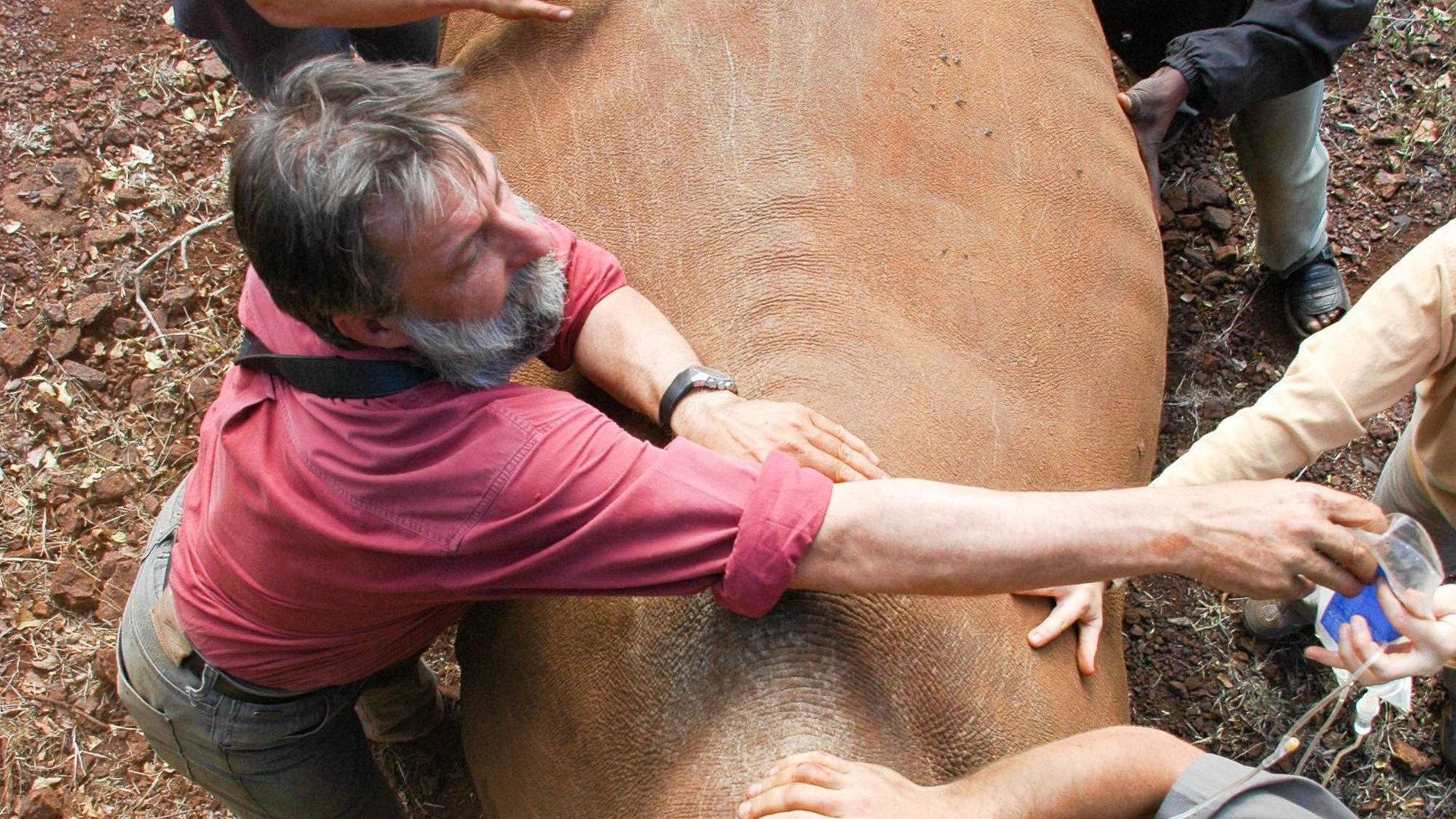
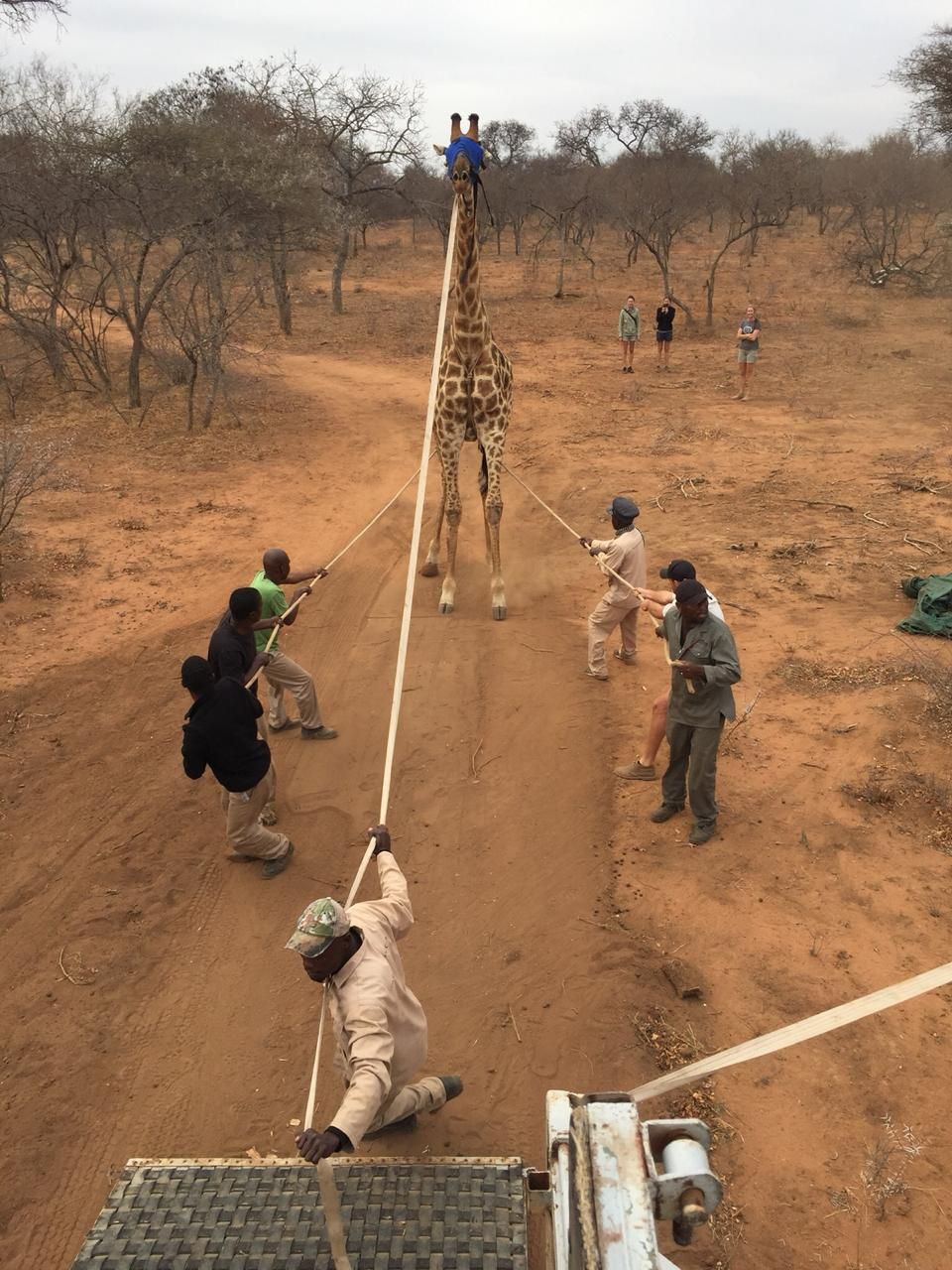
Carfentanil has by far been the most potent opioid used in veterinary medicine and was available in the US up until 2016 when its manufacturer, Wildlife Pharmaceuticals Inc. withdrew its application for registration with the FDA. Outside the US, in countries like South Africa, it could only be used if imported on a special permit and so its lack of availability made it less popular than some of the other potent opioids. The main advantage of carfentanil was that its potency resulted in very quick induction times, and it had a long duration of action. When combined with xylazine, it was very effective for the immobilization of wild cervids. Its high potency and long duration of action, however, meant that it required high doses of antagonists to reverse its effects and its antagonism often resulted in prolonged recoveries. Its long half-life (up to 7.7 hours in eland!) also meant that it frequently resulted in renarcotization, for up to 72 hours after reversal. Furthermore, it was contraindicated in zebras. In the U.S., carfentanil was often the drug of choice for large cervids such as bison, moose, bull elk, and bighorn rams.
Etorphine is considered the most popular potent opioid used in wildlife veterinary medicine to date though it is not extensively used in North America. It is available in the US as a compounded product from Wildlife Pharmaceuticals, Inc., which was recently acquired by Wedgewood Pharmacy. It has also been available in South Africa since 2006 as a registered product from Wildlife Pharmaceuticals South Africa. The latter also exports to Europe and the rest of the world. As with carfentanil and thiafentanil, etorphine’s potency and relative aqueous solubility allows for its use in small volumes, making it suitable for use in large ungulate species like elephants and rhinos. Unlike carfentanil and thiafentanil, it is also effective in wild equids. Because it is highly lipophilic, it rapidly penetrates the blood-brain barrier with effects being seen within 4-8 minutes after administration. It has a relatively short duration of action and is considered a pure agonist that acts on mu-, delta- and kappa-opioid receptors, providing good analgesia and sedation.
Some of the disadvantages to its use are that, as with most potent opioids, it causes respiratory depression, hypertension in rhinos and elephants, poor muscle relaxation, and decreases rumen motility so regurgitation and bloat can be a problem in ruminants (including bison and moose in North America). It does, however, have a wide margin of safety and works well when combined with most other wildlife immobilizing drugs in a dart. It is important to note that haloperidol and diazepam are not miscible with etorphine and cannot be used as part of the same darting mixture. The antagonist, diprenorphine, a mixed agonist/antagonist that results in some sedation being retained after reversal, was traditionally provided with etorphine. It is often preferred in free-ranging species that are to be transported or kept in captivity after immobilization, but etorphine can also be completely reversed with naltrexone.
The most recent potent opioid to join the team is thiafentanil, which has gained popularity with wildlife veterinarians in recent years due to its high potency. It has an exclusive affinity for the µ-opioid receptors, making it a potent analgesic. While thiafentanil only has 63-75 % of the potency of carfentanil, it is twice as potent as etorphine. Coupled with the fact that it is rapidly absorbed, this means that thiafentanil often results in quicker inductions compared to etorphine. Its rapid metabolism means it has a shorter duration of action (30-40 minutes) with quick recoveries following antagonism with naltrexone. It also has great synergistic effects when used in combination with etorphine, azaperone or alpha2-agonists.
Thiafentanil is often combined with etorphine to get both the advantage of the quick inductions caused by thiafentanil and the longer duration of action caused by etorphine. Like etorphine, thiafentanil causes hypertension in rhino and elephant and severe respiratory depression, particularly in white rhino. In the latter species, etorphine is the preferred opioid for immobilization although thiafentanil is very effective in black rhino. Thiafentanil is also not effective in equids. Currently, thiafentanil is registered for veterinary use in South Africa.
In the US, thiafentanil is listed in FDA’s Index of Legally-Marketed Unapproved New Animal Drugs for Minor Species for captive animals and for free-ranging wildlife, it must be used under the requirements of an Investigational New Animal Drug. It is used by a few government agencies for species such as caribou, moose, and elk, and mountain goats.
Potent opioids have been instrumental in changing the way wildlife veterinarians capture and restrain wildlife. However, the highly scheduled and controlled nature of these drugs have resulted in a limited number of approved and marketed veterinary opioids, not only in the US but worldwide. As a result, veterinarians are often forced to use products approved for human use such as benzodiazepines. This has led to a move towards more species-specific drug combinations that minimize or eliminate the need for potent opioid inclusion in dart mixtures. For example, in many cases BAM (the combination of butorphanol, azaperone, and medetomidine) is replacing the use of potent opioids. Regardless of this, potent opioids still remain the most powerful analgesics known to man and may never be fully replaced when immobilizing larger, more challenging species like rhino, elephant, and giraffe.
For more information on the use of potent opioids, visit the Wildlife Pharmaceuticals website at www.wildpharm.co.za and access their series of free webinars and peer-reviewed publications on topics relating to wildlife chemical immobilization.
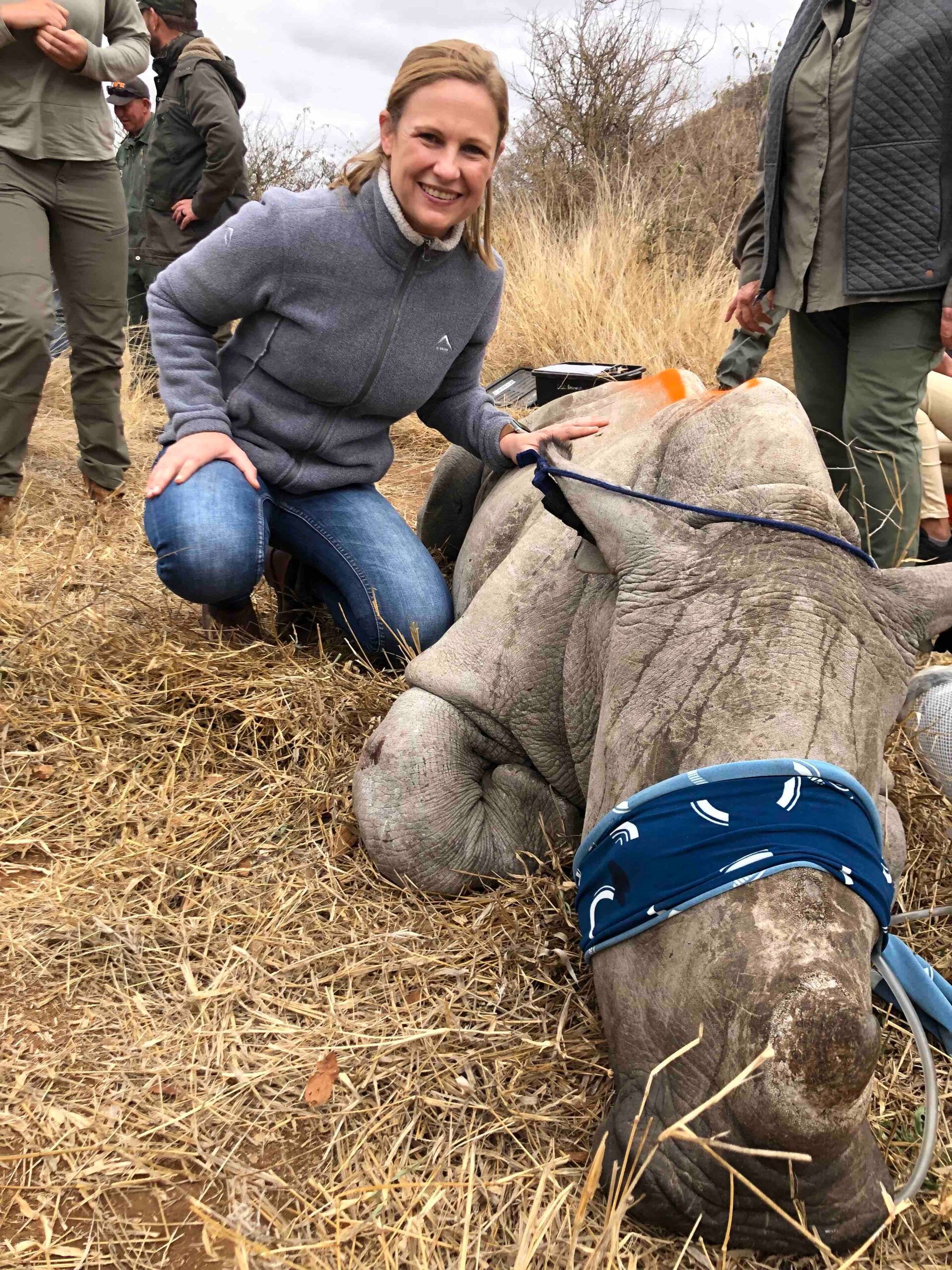
About the author:
Dr Liesel Laubscher has a Bachelor of Science degree in Animal Science with Conservation Ecology and a Masters degree in Animal Science from the University of Stellenbosch, South Africa. She joined Wildlife Pharmaceuticals in 2015 after completing her PhD on the tranquilization of wild ungulates with long-acting neuroleptics. She is responsible for the technical development, improvement, and marketing of their products.
More articles for you....
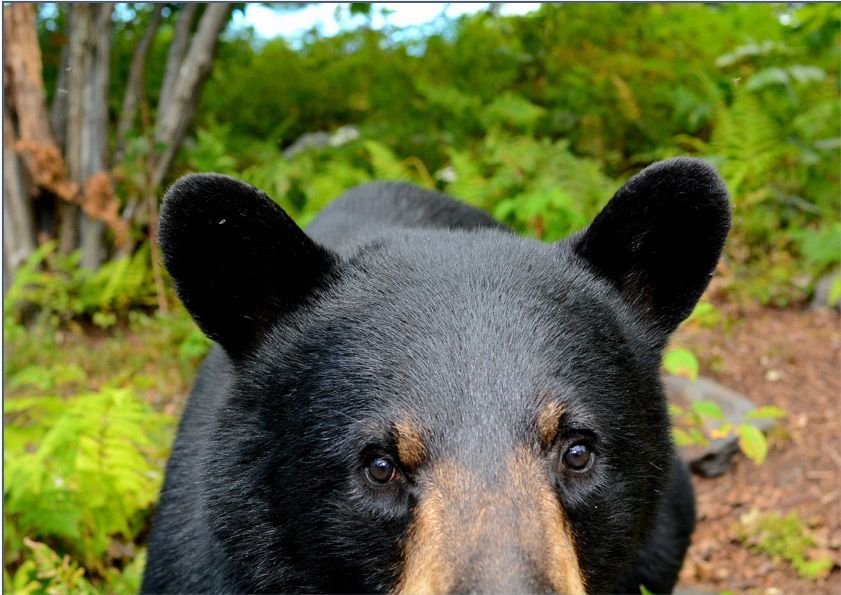
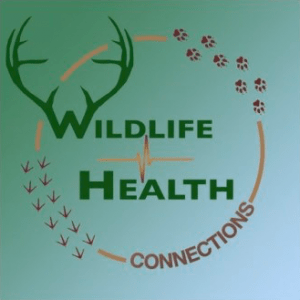
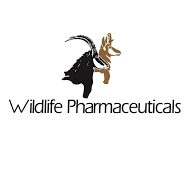
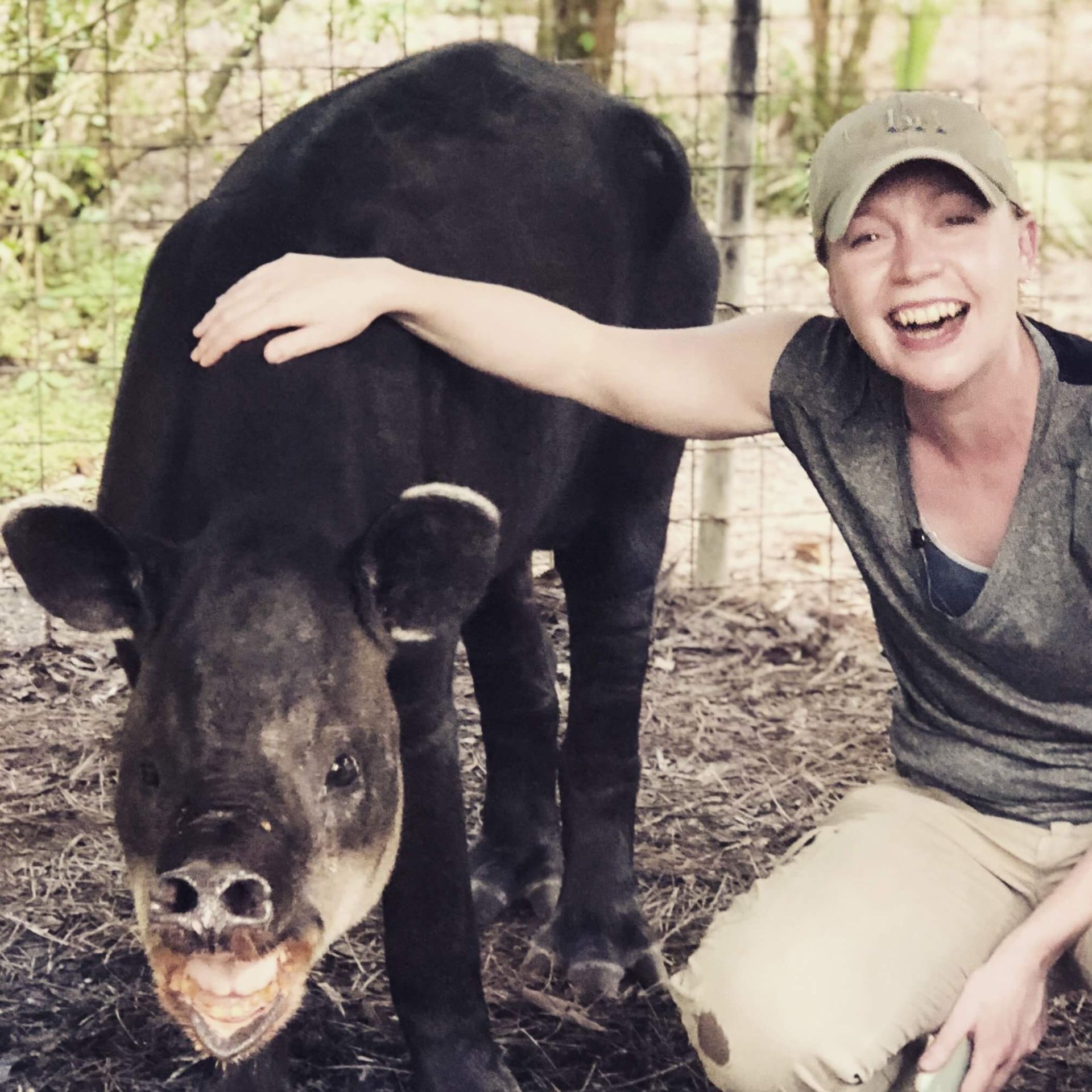
Website Designed and Hosted by Whidbey Web Design


